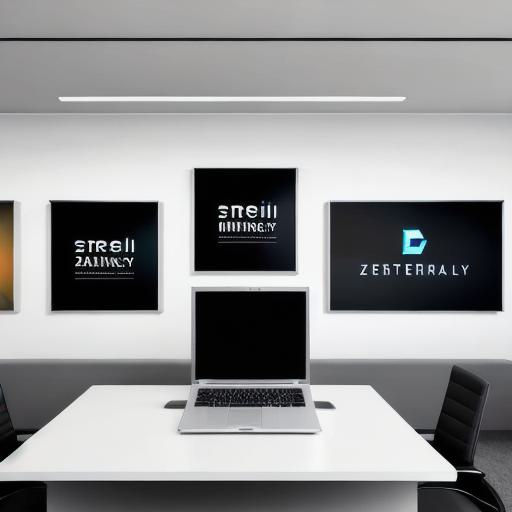Web3 and Blockchain: A Comprehensive Guide

The world of web development is constantly evolving, with new technologies emerging every year. One of the most exciting developments in recent years has been the rise of Web3 and its underlying technology, blockchain. These concepts have the potential to revolutionize how we build, use, and interact with websites and applications. In this article, we will explore the differences between Web3 and blockchain and provide a comprehensive guide for those looking to learn more about these exciting technologies.
What is Web3?
Web3 refers to the next generation of the internet, which is built on decentralized technologies. The goal of Web3 is to create a more open, secure, and efficient internet where individuals have greater control over their data and online interactions. Web3 is powered by blockchain technology, which provides a secure and transparent way to store and transfer data.
What is Blockchain?
Blockchain is a distributed ledger technology that allows for the secure storage and transfer of data. It works by creating a chain of blocks that contain information about transactions, such as the exchange of goods or services. Each block in the chain is encrypted and linked to the previous block, forming an immutable record of all transactions.
Differences between Web3 and Blockchain
While Web3 and blockchain are closely related, they are not the same thing. Web3 is a concept that encompasses a range of decentralized technologies, including blockchain, while blockchain is a specific technology that powers many of these technologies. Here are some key differences between Web3 and blockchain:
- Purpose: The purpose of Web3 is to create a more open, secure, and efficient internet, while the purpose of blockchain is to provide a secure and transparent way to store and transfer data.
- Decentralization: Web3 is built on decentralized technologies, which means that there is no central authority controlling the network. Blockchain, on the other hand, can be centralized or decentralized depending on its implementation.
- Use cases: Web3 has a range of potential use cases, including decentralized applications (dApps), decentralized finance (DeFi), and more. Blockchain is commonly used for supply chain management, voting systems, and digital identity verification.
- Security: Both Web3 and blockchain provide high levels of security, but they do so in different ways. Web3 relies on the security of its underlying decentralized technologies, while blockchain provides a secure and transparent way to store and transfer data through encryption and consensus mechanisms.
- Adoption: While both Web3 and blockchain have seen significant adoption in recent years, Web3 is still a relatively new concept and has not yet reached mainstream adoption. Blockchain, on the other hand, has been around for over a decade and has already found applications in a range of industries.
Real-life examples of Web3 and Blockchain

To help illustrate the differences between Web3 and blockchain, let’s look at some real-life examples:
- Decentralized finance (DeFi): DeFi is an example of a use case for Web3 that leverages blockchain technology. DeFi applications allow users to access financial services, such as lending and borrowing, without the need for intermediaries like banks. These applications are built on decentralized technologies and rely on smart contracts to automate processes.
- Supply chain management: Blockchain is commonly used in supply chain management to provide a secure and transparent way to track the movement of goods from one place to another. By using blockchain, companies can ensure that their products are authentic and have not been tampered with during transportation.
- Decentralized applications (dApps): dApps are another example of a use case for Web3. These applications allow users to access a range of services without the need for intermediaries like social media platforms or online marketplaces. dApps can be used








